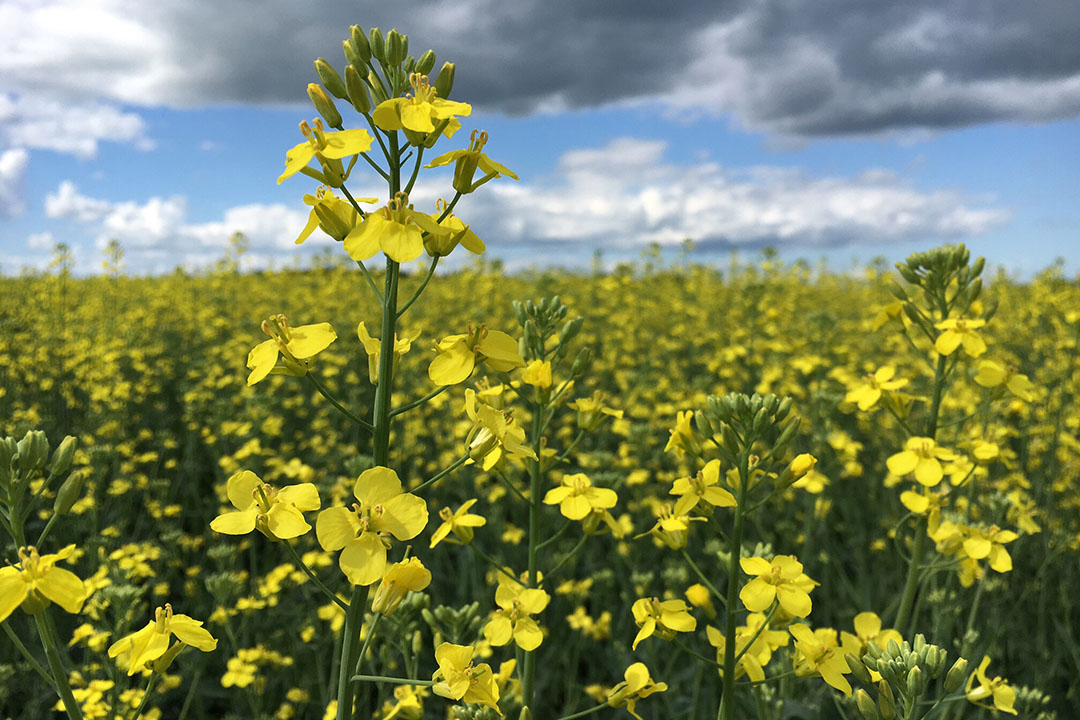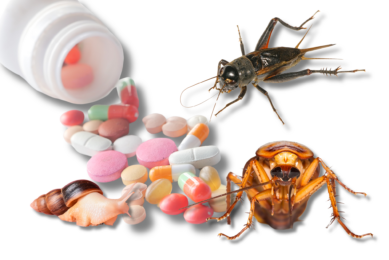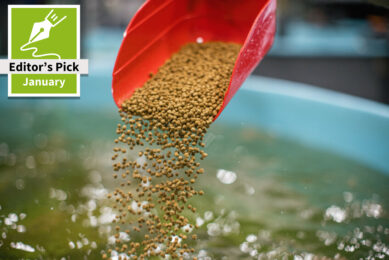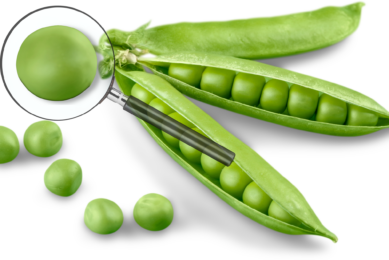Canola meal in dairy rations

New research explains why use of this high-protein ingredient has increased in many countries.
Canola meal is continuing to make inroads into dairy cow rations in many countries, including Canada, the USA, South Africa, Mexico, China and several other Asian countries. This high-protein ingredient is also fed to other livestock, including aquaculture species. In Australia for example, canola meal is now fed to fish, dairy cattle, poultry and to beef cattle in feedlots.
…the Australian feed industry competes in exporting canola meal for dairy cattle in New Zealand, with smaller quantities coming from China, Korea, Indonesia and Vietnam.”
How widely it’s used in the Australian dairy sector depends on several factors, explains Duncan Rowland, executive officer at the Stock Feed Manufacturers’ Council of Australia. “It’s one of the few home-grown protein meals that’s available in large quantities for Australian livestock producers,” he says. At the same time, Rowland notes that “the Australian feed industry competes in exporting canola meal for dairy cattle in New Zealand, with smaller quantities coming from China, Korea, Indonesia and Vietnam. We find it hard to compete with these four countries in the open market due to price.” A lot of Australian canola seed, adds Rowland, goes to Europe for the manufacture of biodiesel, with a premium paid for certified sustainable production. In Europe rapeseed meal is more commonly used than canola meal in dairy rations, but it’s from ‘double-low’ rapeseed, resulting in quality that’s much more similar to canola than to traditional rapeseed. The European Feed Manufacturers’ Federation were unable to provide further comment because they are currently dealing with urgent issues related to the impact of Covid-19.
In Canada, canola meal is widely used and, in the USA, Dr Antonio Faciola says canola meal is fed to dairy cattle in every state that has significant dairy production. Faciola, an assistant professor of Livestock Nutrition at the University of Florida, says he has not visited a US dairy farm over the last few years where canola meal is not being fed, but adds that ten years ago, the opposite was true. Use of canola meal in the dairy sector in the USA and beyond has grown for two main reasons: research and the results of that research being communicated widely.
[canola meal] beyond this higher nutrient-use efficiency, less excretion of nitrogen in manure is also better for the environment.”
Benefits of canola meal – recent research
Faciola has been involved in canola meal (CM) and soybean meal (SBM) research for many years at his current university and also at the US Dairy Forage Research Center and the University of Nevada. He has co-authored six articles in the prestigious Journal of Dairy Science on the effects of feeding canola meal to dairy cattle. Faciola and his colleagues found in a recent study that replacing SBM in the dairy ration with CM boosts milk production by about 1 kg per cow per day. “There is also less urea in the milk, which means that the nitrogen in CM meal is being utilised by the cow to a greater extent compared to SBM,” he explains. “And beyond this higher nutrient-use efficiency, less excretion of nitrogen in manure is also better for the environment.” The main reason for the more efficient use of nitrogen, he says, is higher levels of the amino acid methionine in CM compared to SBM. He and his colleagues have also found that replacing SBM meal with CM increases dry matter feed intake and, as a result, the protein level in the milk. In 2019, in a preliminary experiment, University of California researchers found that SBM should be limited to 2-3% of the ration’s dry matter (compared to CM) to ensure adequate health and performance of dairy cattle, notes Brittany Dyck, senior manager of canola utilisation at the Canola Council of Canada (CCC).
New Proteins
Find out more about some of the protein alternatives for soy that are currently seen as promising for livestock and fish diets.
This is an industry association that covers all the links in the canola value chain. “In a follow-up trial, the group investigated the effects of giving dairy cattle a source of methionine combined with SBM, since CM is a rich source of this amino acid,” she says. “As in the first experiment, milk production was reduced when some of the CM was substituted by SBM. And, while the inclusion of a rumen-protected methionine source was beneficial in increasing milk production in cattle fed SBM, it failed to increase milk to the same degree as CM.” Dyck notes that this was an early lactation study and there were no treatment differences in the condition scores of the cows. This demonstrates, she says, that CM can be used effectively during this period in a cow’s cycle when cows are producing at very high levels. Another 2019 trial on CM and SBM was conducted at South Dakota State University. Dairy cows received diets that contained either 21% or 27% starch and, at each level, the diets were balanced for protein with SBM or CM. Milk production increased by 2 kg as starch was increased in the SBM meal diet, but milk production increased by 3.1 kg with higher starch levels in diets containing CM.

Production of resources
As canola meal has been proven to deliver higher milk production, better quality milk and less impact on the environment in the dairy sector, the CCC has done a lot of work over the last decade to spread the word. The organization has made resources available to dairy nutritionists in the USA and several Asian countries including China. A main resource is the Canola Meal Dairy Feed Guide. Dyck notes that with more research on canola meal currently being undertaken in Canada and the USA, dissemination of findings to the dairy industry is top priority for the CCC. For their part, Faciola and his colleagues are about to publish a study on the energy content of CM and will continue to investigate which ingredients are best combined with CM in dairy cow diets — and at what levels — to further boost milk production. “These ingredients were chosen in the past and their levels optimised in terms of how they performed with SBM,” he explains. “We are excited to build on our research and discover which ingredients and which amounts are optimal when combined with canola meal.” In a study published earlier this year, conducted at the US Dairy Forage Research Center in Wisconsin, Faciola’s group tested diets containing 60% forage, where ratios of 50:10, 30:30 and 10:50 alfalfa silage to corn silage were balanced with either SBM or CM. “Because CM contains less protein and more fibre than SBM, soyhulls, which are highly-digestible, were added to the SBM diets in order to avoid changing any other ingredients,” Faciola notes. “Milk production increased as corn silage was increased in the three diets but was significantly greater with CM than with SBM. There were no differences in the feed efficiency of the two protein sources. And, in that study, no differences were found in milk fat yield from cows fed with CM compared with SBM, but CM produced a higher milk protein yield.”











